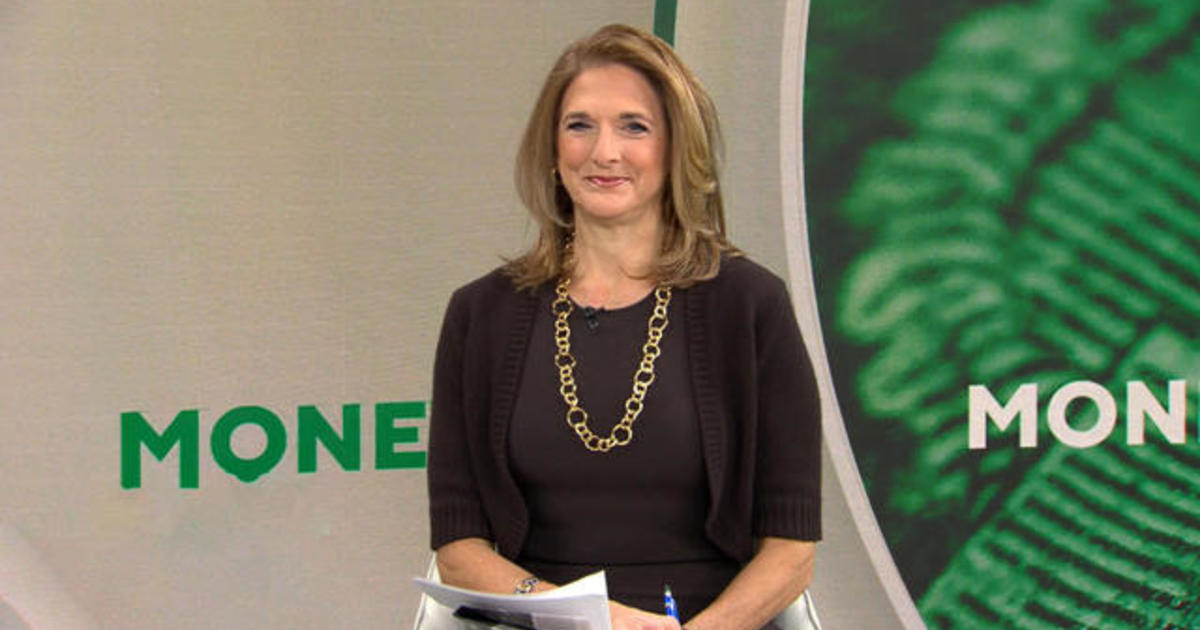Fast approaching the number of musicals Stephen Sondheim wrote is the number of revues written about him. The first, to my knowledge, was a 1973 fund-raiser held on the set of the original production of “A Little Night Music.” It featured so many stars, speeches and songs that even truncated, even then, its recording filled two LPs.
I snapped that album up and wore it out. The cover alone was fascinating, with the titles of nine of his shows spelled out in intersecting Scrabble tiles. (Something like nine more shows were to come before his death in 2021 — and one after.) Threaded through those tiles like a secret theme was Sondheim’s name itself.
I was younger then, a teenager, but that secret theme became part of my life’s music.
How then to hear a new Sondheim revue with fresh ears and fresh heart? As the latest, “Old Friends,” says right in its name, we are already well acquainted.
Whether onstage, online, in cabarets or, like “Old Friends,” on Broadway, all such compendiums play their own game of Sondheim Scrabble. Though there are many hundreds of songs in the catalog, compilers must pick from the same limited subset of favorites, arranging them in various concatenations and outcroppings. Occasionally a 10-point rarity turns up, but most of the choices are deeply familiar to those who have followed the man’s work.
“Old Friends,” which opened on Tuesday at Manhattan Theater Club’s Samuel J. Friedman Theater, is in that sense a lot like its predecessors. The 41 numbers it features come from the main pool, with an emphasis on songs from “Sweeney Todd,” “Merrily We Roll Along,” “Company,” “Follies” and “Into the Woods.” Most of them were brilliant in their original context; many remain so outside it. Some are sung spectacularly by a bigger-than-usual cast of 17, led by Bernadette Peters and Lea Salonga. Others are middling, a few are misfires.
I don’t mean to make light of the greatest-hits format. Even the 10,000th rendition of “Send in the Clowns” (sung devastatingly by Peters) or the 1,000th of “The Ladies Who Lunch” (sung ferociously by Beth Leavel) can be transporting. And if you think that Salonga’s “Everything’s Coming Up Roses” would be redundant in a season that also features Audra McDonald singing it three blocks away in “Gypsy,” you’d be wrong. Bringing her own version of frustrated ambition to it, Salonga makes it new.
Well, newish. Even when vocally and emotionally specific, the performances here are often physically generic. Revues, free to reimagine the spatial circumstances of a song, too often resort to the same blank slate of a black stage and a bright spotlight. Though directed by the British choreographer Matthew Bourne — the show began life as a one-night gala in London — “Old Friends” has a stodgy quality that I find surprising. A couple of boxy towers, sometimes representing tenements (for “West Side Story” selections) and sometimes castles (for “Into the Woods”) dominate Matt Kinley’s set design, moving back and forth as if in a very slow chess endgame.
The movement of the performers is often similar, except when it’s hectic. Another cliché of the form is the exaggerated bonhomie that is meant to disguise the fact that the performers are not characters with relationships to play. They must apparently pretend to be shocked and delighted by everything their castmates are doing nearby, miming hearty laughter over the slightest high jink. Likewise, so many lyrics are encrusted with needless gesture that they come to resemble illustrated versions of Bible stories for children.
That might be fine in a Jerry Herman revue — not to belittle him, but it’s a different style. Sondheim’s work is more complex, its pastiche of popular musical genres providing cover for its deeply psychological content. Up-tempo numbers like “You Could Drive a Person Crazy” and “Getting Married Today” (both from “Company”) are thus at a disadvantage when stripped of their anger. They can be sung with great proficiency, as they are here, but without real urgency they aren’t funny.
Still, two comedy numbers, both outliers, are terrific: “Live Alone and Like It” from the movie “Dick Tracy,” crooned jauntily by Jason Pennycooke, and “The Boy From …” by Sondheim and Mary Rodgers, given a new, nutty take by Kate Jennings Grant.
But in general, “Old Friends” does much better with the explicitly darker numbers, whether offered as uprooted solos like Peters’s, small scenes (the “Agony” duet from “Into the Woods”) or generous sequences (a suite of five songs from “Sweeney”). The anthemic “Sunday” — the first act finale of “Sunday in the Park With George” — may be more modestly staged than in full productions, but borrowed as the first act finale here too, it gives the same goose bumps. Helping tremendously is the 14-person orchestra playing arrangements (by Stephen Metcalfe) that, magically goosed by Mick Potter’s sound design, are richer than we have any right to expect.
Which brings us naturally to the show’s producer, Cameron Mackintosh. One of the theater’s few billionaires, he has lavished a lot on what could easily have been a small show with four stools. Peters and Salonga are part of that, of course; you can’t put them in rags. The costume designer Jill Parker’s spangle budget alone would have broken the bank of a typical Manhattan Theater Club presentation.
It is perhaps more salient that Mackintosh and Sondheim were, as the title says, old friends. This seems to have given Mackintosh, who also “devised” the revue, permission to indulge in a little self-puffery. In an introduction, Peters explains that its songs have mostly been drawn from shows “our producer Cameron Mackintosh put together with Steve.” Not a small amount of the video imagery (projection design by George Reeve) underlines the connection, including a clip of Sondheim (and Andrew Lloyd Webber) singing Mackintosh’s praises.
Icky perhaps, but that’s what everyone does. I’m doing it now: standing in front of the portrait of a hero. I’m sorry.
But also grateful, because I want to tell you that there was a man who found the exact combination of five notes to describe the opportunities of a blank canvas and the specific thumping bass line to signal the unleashing of homicidal glee.
A man who discovered that “bump it” rhymes with “trumpet,” that “stocks” rhymes with “Braques” and “dollars” with “Mahler’s.”
These gems had been waiting in the 12 tones of the Western scale and the million words of the English language, unobserved, until he came along with his flashlight and pickax. Any opportunity to experience how the feelings he channeled and the connections he made have mined our psyches and reshaped our world is an opportunity even old friends should take.
Old Friends
Through June 15 at the Samuel J. Friedman Theater, Manhattan; sondheimoldfriends.com. Running time: 2 hours 30 minutes.















































